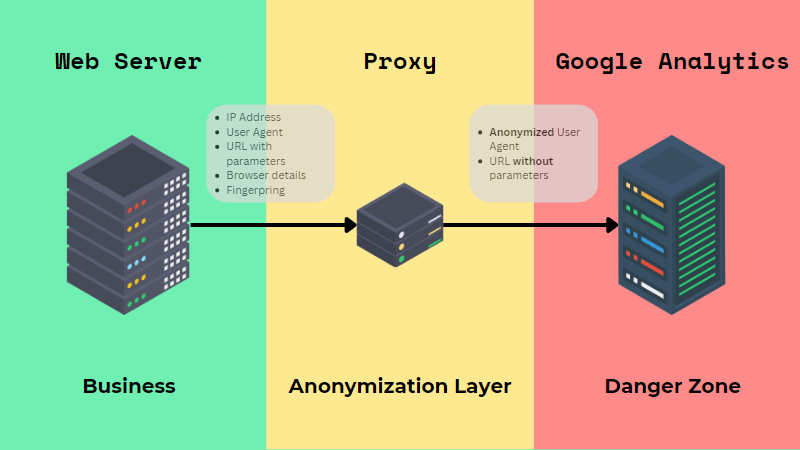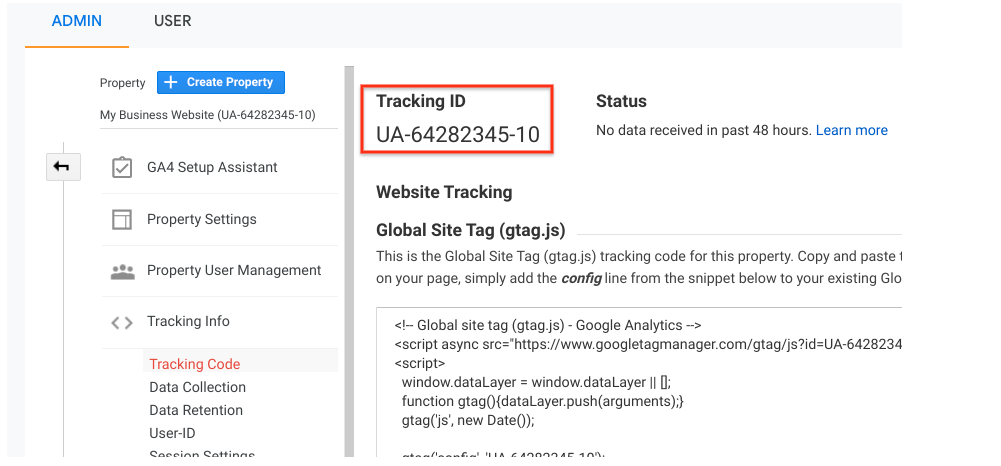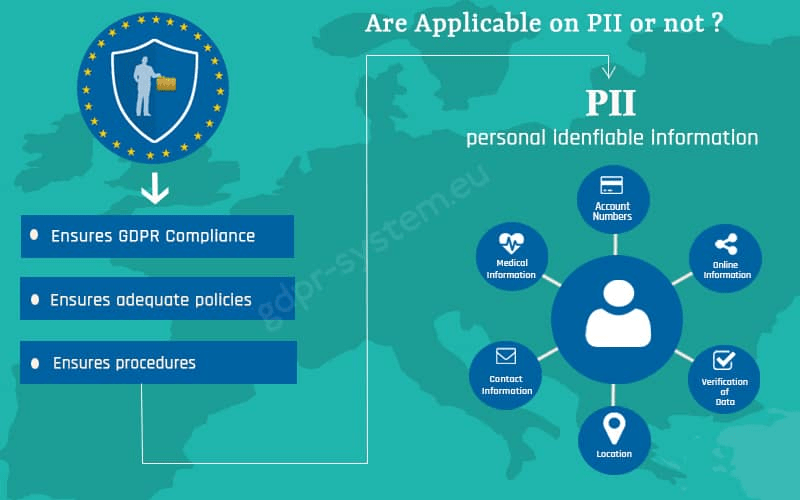Understanding Google Analytics: What Data Does Google Analytics Prohibit Collecting?
Grasping the Art of Conquering Data Collection Limitations in Google Analytics for Better Decision-Making
In the world of digital analytics, the capability to extract significant understandings from information is critical for notified decision-making. Google Analytics stands as an effective tool for companies seeking to recognize individual actions, track conversions, and enhance their on the internet existence. Data collection constraints within this platform can hinder the precision and depth of the info gathered. What Data Does Google Analytics Prohibit Collecting?. To really harness the capacity of Google Analytics for critical decision-making, grasping the art of getting rid of these restrictions is necessary. By employing sophisticated strategies and tactical approaches, organizations can raise their data high quality, unlock concealed understandings, and lead the way for even more reliable and educated decisions.
Information Top Quality Evaluation
Data quality analysis includes reviewing various facets such as accuracy, efficiency, consistency, and timeliness of the information. One key aspect to consider is data accuracy, which refers to exactly how well the information reflects the real values of the metrics being determined.
Completeness of data is another important aspect in evaluating data high quality. It includes ensuring that all needed data points are accumulated which there are no voids in the info. Incomplete data can alter analysis outcomes and impede the capability to obtain a detailed sight of individual habits or website efficiency. Uniformity checks are also crucial in information top quality evaluation to recognize any disparities or abnormalities within the information collection. Timeliness is similarly crucial, as obsolete data may no more matter for decision-making procedures. By focusing on information quality analysis in Google Analytics, organizations can boost the dependability of their analytics reports and make more educated decisions based upon precise insights.
Advanced Tracking Techniques
Making use of advanced monitoring techniques in Google Analytics can substantially improve the depth and granularity of information accumulated for more detailed analysis and insights. One such technique is event monitoring, which permits for the surveillance of certain communications on a site, like click buttons, downloads of documents, or video sights. By applying occasion monitoring, businesses can gain a much deeper understanding of individual habits and interaction with their online web content.
Additionally, custom dimensions and metrics give a way to tailor Google Analytics to certain organization requirements. Custom measurements enable the development of brand-new data factors, such as user functions or consumer sections, while personalized metrics make it possible for the tracking of distinct efficiency indications, like revenue per customer or ordinary order worth.
Additionally, the usage of Google Tag Supervisor can simplify the application of tracking codes and tags across an internet site, making it less complicated to take care of and deploy advanced monitoring arrangements. By harnessing these innovative tracking strategies, services can open important understandings and enhance their on-line methods for better decision-making.
Custom Dimension Application
To enhance the deepness of data collected in Google Analytics past innovative monitoring strategies like occasion monitoring, businesses can carry out customized measurements for even more tailored insights. Personalized dimensions allow services to specify and gather details data factors that relate to their distinct objectives and objectives (What Data Does Google Analytics Prohibit Collecting?). By designating customized dimensions to different components on a website, such as customer communications, demographics, or session information, organizations can gain a more granular understanding of exactly how users involve with their on the internet homes

Acknowledgment Modeling Strategies
Effective acknowledgment modeling is critical for recognizing the influence of numerous marketing channels on conversion courses. By employing the ideal attribution version, organizations can properly attribute conversions to the proper touchpoints along the consumer trip. One common acknowledgment version is the Last Interaction model, which provides debt for a conversion to the last touchpoint a customer connected with prior review to converting. While this version is simple and easy to implement, it usually oversimplifies the client trip, disregarding the influence of other touchpoints that added to the conversion.

Information Sampling Evasion
When managing huge quantities of information in Google Analytics, getting rid of data sampling is vital to guarantee precise understandings are obtained for informed decision-making. Information tasting takes place when Google Analytics estimates patterns in information as opposed to evaluating the full dataset, possibly bring about skewed outcomes. To prevent information sampling, one effective technique is to lower the date array being analyzed. By concentrating on shorter timespan, the chance of coming across experienced information declines, supplying an extra exact representation of individual actions. Furthermore, making use of Google Analytics 360, the costs version of the system, can help reduce sampling as it allows for higher data thresholds prior to tasting starts. Applying filters to tighten down the data being assessed can likewise assist in avoiding tasting problems. By taking these proactive steps to straight from the source lessen data sampling, companies can extract much more precise understandings from Google Analytics, causing better decision-making and improved total performance.
Final Thought
Finally, understanding the art of overcoming data collection restrictions in Google Analytics is essential for making educated choices. By performing a comprehensive data high quality assessment, implementing advanced tracking techniques, utilizing customized measurements, using attribution modeling strategies, and avoiding data sampling, organizations can make certain that they have accurate and dependable information to base their decisions on. This will ultimately cause extra reliable methods and far better outcomes for the organization.
